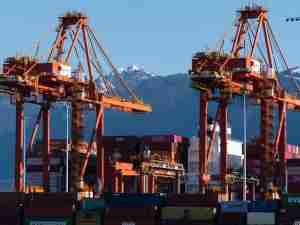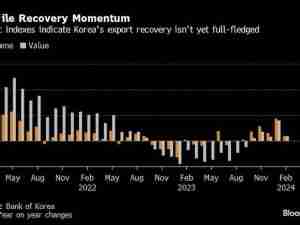Cotton’s abundance is under threat for the world’s largest supplier.
U.S. cotton plantings are expected to fall as soaring Chinese demand for grains tempts growers to swap crops while drought undermines the fiber’s prospects in the top producing state of Texas. The potential decline for the world’s largest cotton exporter comes despite 10 straight months of price gains in the fiber’s longest rally since 1973.
U.S. farmers are forecast to sow 11.5 million acres for the season starting Aug. 1, down about 5% from the prior year, according to median estimates of nine analysts surveyed by Bloomberg. The U.S. produced 25% less cotton last year after bad weather cut yields and more growers opted to skip the harvest.
The prospect of less American cotton means tighter supplies in a period of pent up global demand for textiles fueled by China’s desire to boost reserves of the fiber. World cotton consumption is expected to surge 13% this year in what would be the biggest increase in at least 60 years, according to U.S. Department of Agriculture data.
The USDA and National Cotton Council will release their initial projections for plantings in February.
The number “is a moving target,” said Peter Egli, the Chicago-based director for Plexus Cotton Ltd, who expects a drop to 11 million acres. He’s pinning the uncertainty on heightened demand for other crops. China’s insatiable appetite has sent grains including soy and corn to multi-year highs, eclipsing cotton’s rebound.
The grains “are stealing acreage,” Egli said. “There’s a lot of interest in those crops.”
Cotton will lose ground to corn, soybeans, and possibly even peanuts in the Mississippi Delta and Southeast U.S., said John Robinson, economist at Texas A&M’s AgriLife Extension in College Station.
“Perhaps the same is true in the regions of the Texas Panhandle and Kansas,” Robinson said, noting that some growers in the Midwest state who recently started planting cotton may go back to grains.
Not everyone expects a drop, and global stockpiles remain ample. Rabobank International’s analyst Charles Clack forecasts a 2% increase, though he said his projection may be revised downward. The price “will need to provide enough incentive to prevent a major decline,” he said in a Jan. 21 report.
China, the world’s top importer, is increasing purchases of American supplies to meet trade commitments as it faces pressure to diversify its sourcing to avoid an international consumer backlash over its labor practices.
The U.S. in January banned imports of cotton products from China’s top-growing province, Xinjiang, over alleged ill-treatment of its ethnic Uighur Muslim minority. The province accounts for about 85% of the country’s output. The U.S. imported $9 billion of cotton products in the past year from China.
China’s workaround could involve using more imported cotton for textiles it sends overseas, according to O.A. Cleveland, an agricultural economics professor at Mississippi State University. Because of large subsidies given to growers, especially in Xinjiang, China’s cotton prices exceed those in international markets, making imported fiber far cheaper.
“Chinese-grown cotton will be used for the domestic consumer,” he said. “China will import more foreign cotton to build a larger textile/apparel manufacturing industry.”








